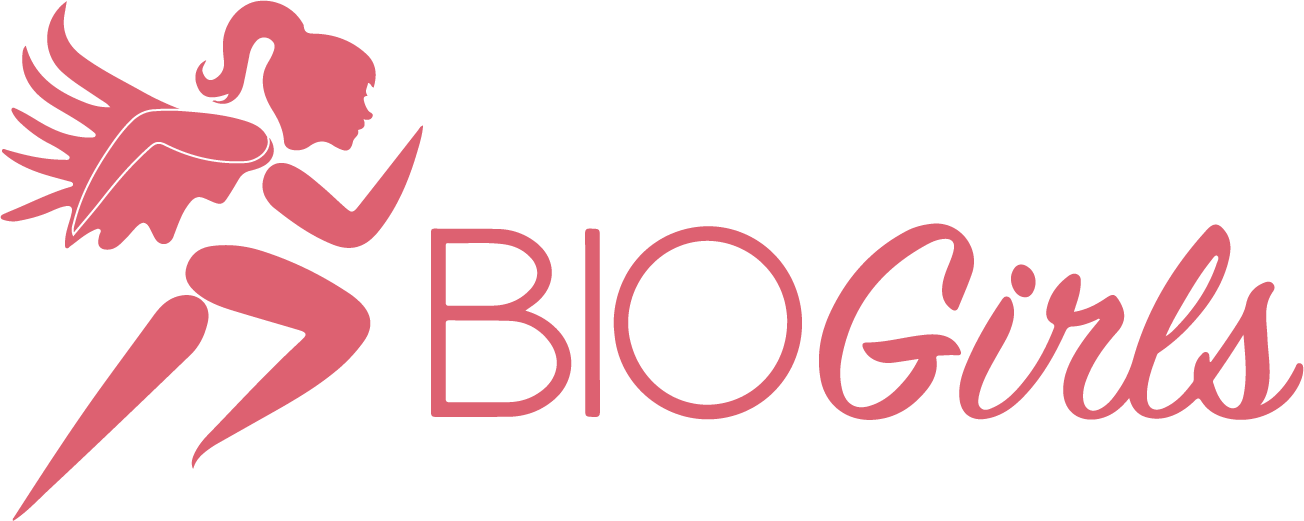Mental Health Awareness Month with Licensed Marriage and Family Therapist Christina Smestad-Schmaltz
May is Mental Health Awareness Month. At BIO Girls, we are committed to helping girls learn about and improve their mental wellness. In fact, mental wellness is one of the four key pillars of the BIO Girls program. During the month of May, BIO Girls Director of Programming and Research, Beth Salafia, will be discussing mental health and wellness topics that are relevant to parents and adolescents in our community.
Christina is a licensed marriage and family therapist at the Village Family Service Center in Moorhead, MN. She provides individuals, couples, and family therapy for people of all ages who are struggling with a wide variety of challenges.
This episode covers some important information parents should know about mental health in their children.
See below for a few highlights and the link to the full episode.
Mental health issues can start early. Communication is SO important. Start having open, positive communication early and regularly.
“I think it’s helpful to think of the mental health conversation as not just one conversation but really trying to incorporate it into your family’s everyday life…opening the dialogue so feelings are something you talk about every day and these are ways you can validate their experiences. Sometimes we are quick to redirect or distract from these feelings but it’s helpful to label the feelings because that helps them to be able to regulate their bodies and to be able to calm themselves down when we’re not available.”
Strategies for communicating with your kiddos:
Ask teenagers open-ended questions. Avoid direct, specific questions to limit them from feeling targeted.
Implement dinner table ‘highs and lows’ of the day. Normalizing both the highs, and the lows.
Make sure to pay attention to your teen’s regular patterns of behavior to determine if something is wrong. A few coping strategies:
Belly breathing. For this, you can practice blowing out candles with littles. Put a finger down with each one they blow out. Another option is to put a stuffed animal on their belly and have them give the animal a ‘ride’ by breathing in and out with their belly.
“The Noodle.” Have your child pretend they are a stiff noodle, which is then put in boiling water. Have them let their whole body relax… just like the noodle would become soft when making spaghetti.
Teenagers identify more with using apps such as Headspace.
Thank you, Christina!

